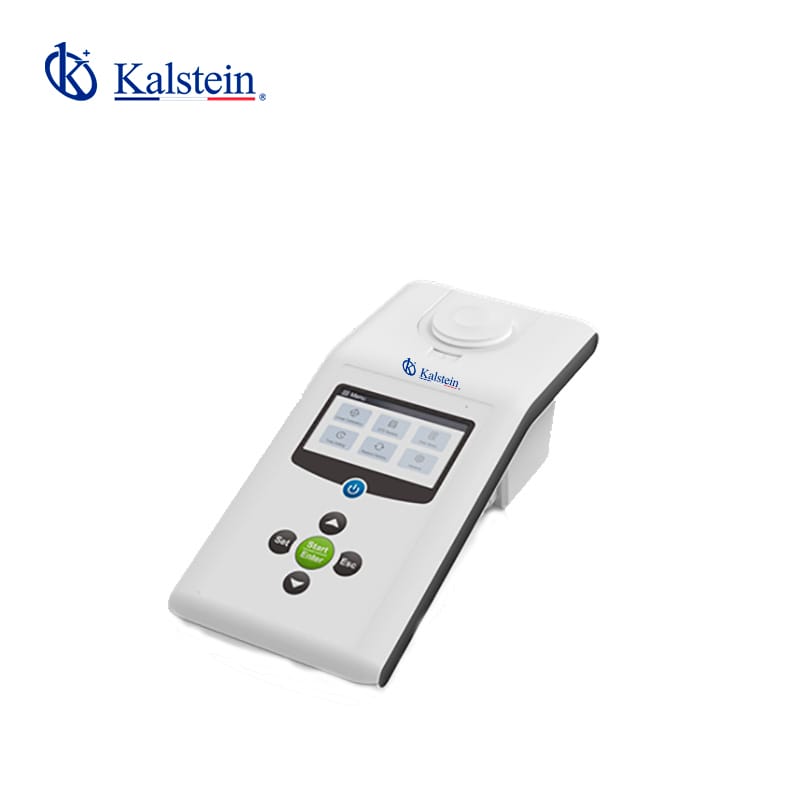Water quality is a critical factor in various industries, from food and beverage production to wastewater treatment. An essential component in evaluating water quality is turbidity, which measures the clarity of the liquid and its ability to transmit light. Laboratory turbidity meters are indispensable tools that allow scientists and technicians to accurately assess and control water quality.
In this article, we will delve into how laboratory turbidity meters are revolutionizing quality control practices across different industries. Additionally, we will present a case study on how a turbidity meter helped a company significantly improve its processes and achieve its quality objectives.
What is a Laboratory Turbidity Meter?
A laboratory turbidity meter is a device that quantifies the number of suspended particles in a liquid. These particles can be organic matter, inorganic substances, microorganisms, or any other material causing water opacity. Turbidity measurement is carried out by a beam of light passing through the liquid, with the amount of light scattered by the particles being measured.
These devices are crucial in water analysis laboratories, treatment plants, and the food industry, where water clarity is an indicator of quality and safety. The ability to detect and measure turbidity precisely allows technicians to identify and address potential issues before they become serious challenges.
Advantages of Using Turbidity Meters in Laboratories
Using laboratory turbidity meters offers multiple advantages. Firstly, they provide accurate and repeatable results, essential for maintaining consistent quality standards. These devices can detect even the smallest particles, enabling technicians to make informed decisions about water treatment.
Additionally, modern turbidity meters often come equipped with advanced features such as data storage and the ability to connect to laboratory management systems. This facilitates tracking trends over time and improves operational efficiency. Laboratories can ensure their processes comply with industry regulations and standards, avoiding legal issues and protecting public health.
Innovations in Turbidity Meters
In recent years, turbidity meters have undergone significant innovations. Today, many devices are designed with advanced technology that enhances precision and ease of use. For example, some meters use laser light technology to provide more accurate and stable measurements.
Another significant innovation is the integration of automated functions, which reduces the possibility of human error and improves efficiency. These functions can include automatic calibration, temperature compensation, and interference correction, ensuring that measurements are as accurate as possible under various conditions.
Applications in Various Industries
Laboratory turbidity meters are used in a wide range of industries. In the water treatment sector, they are essential for ensuring that drinking water meets quality standards. In the food industry, they are used to control the clarity of beverages such as beer and wine, ensuring that the final product is attractive to consumers.
Moreover, in the pharmaceutical industry, turbidity can indicate the purity of products, and its monitoring is crucial for compliance with quality standards. In all these fields, turbidity meters help maintain high-quality standards, protecting both consumers and operators.
Case Study: Improving Water Quality
A firm dedicated to industrial wastewater treatment, faced significant challenges in managing the quality of treated water. The company was constantly at risk of failing to meet strict regulatory standards due to the high turbidity of treated water. They decided to implement a state-of-the-art laboratory turbidity meter.
Initial Challenges and Implemented Solution
Before implementing the turbidity meter, relied on manual and less precise methods to evaluate water quality. This resulted in significant variations in results and difficulties in identifying problems in time. The company opted for a turbidity meter with laser technology, which offered precise measurements and an easy-to-use interface.
Measurable Results and Testimonials
The implementation of the turbidity meter brought impressive results. The measurement accuracy allowed to identify and address water quality issues more quickly. As a result, the company managed to reduce the turbidity of treated water by 40%, consistently meeting regulatory standards.
“The introduction of the laboratory turbidity meter has transformed our operation. Not only have we improved the quality of treated water, but we have also increased our operational efficiency. We are now in a much better position to meet our quality and sustainability goals.”
Conclusion
Using laboratory turbidity meters is essential for any industry that depends on water quality. These tools not only improve the accuracy and efficiency in measuring turbidity but also help companies comply with regulatory standards and protect public health. Through continuous innovation and the application of advanced technology, turbidity meters will remain a cornerstone in water quality control.
This article has explored how turbidity meters are revolutionizing the industry and presented a case study illustrating their tangible benefits. With quality medical products and advanced laboratory solutions, unprecedented levels of precision and efficiency in water quality control are achievable.
Are you yearning for top-tier medical equipment, ready to enhance the efficiency of your laboratory? Visit https://kalstein.de/category-product/laboratory-line/turbidity-meter/ to explore our high-end catalog, packed with the best finds at the most competitive prices. Excellence marks our brand, we innovate and manufacture high-precision equipment, both reliable and durable to meet your needs. Why wait? Make your quick and secure online purchase, take the leap towards the future of medical technology today. https://kalstein.de/

